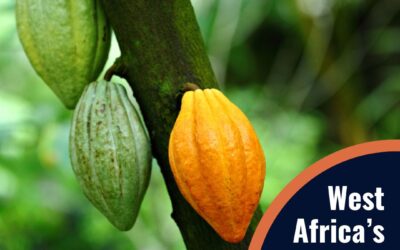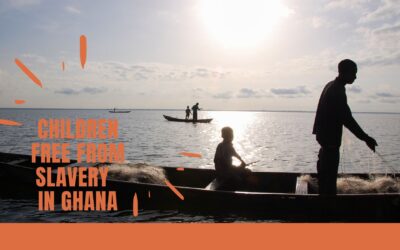When you see what unlicensed gold mines look like in Ghana, you’ll be shocked to learn that children must endure these inhuman working conditions.
“It’s not very easy,” says Isaac, who worked in the mines at age 13. “Sometimes you have to carry the stones on your head to the surface. Sometimes when you go underground, you see dead bodies.”
Isaac’s story is the final installment of our 10-part Face to Face with Slavery series showcasing Free the Slaves work on the front lines. It’s called “Children of the Mines.”
“It’s hard to breathe with the stench,” Isaac recalls. “This kind of job is not good for children at all – it’s not even good for human beings.”
In Ghana’s gold mining regions, Free the Slaves works to combat both child labor (where children work voluntarily in harmful and hazardous conditions) and child slavery (where children are forced to work and cannot quit). Isaac went to the mines voluntarily to earn money to pay school fees.
But when Isaac’s mother learned the conditions he was exposed to at the mines, she forced him to quit. She attended a community learning group organized by FTS and our front-line partner organization PDA. “They educated us on the dangers,” she says.
Children of the Mines shows how community awareness raising successfully motivates parents to safeguard their kids from child labor and child slavery.
“Free the slaves collaborated with grassroots NGOs in Ghana to undertake research on the experiences of children in the mining areas,” says FTS Ghana Director Joha Braimah. The research led to illustrated storybooks that community facilitators use to guide village discussions.
“The curriculum has been one of the most successful tools,” says FTS Ghana Program Coordinator Bismark Quartey. “It’s a tool that empowers communities to actually take action.”
Isaac’s story is living proof. “It was essentially through the learning group process that made me stop that job,” he says.
Now, he dreams of becoming a software engineer instead.
Read about our successful Child Rights in Mining approach in our pilot project monitoring and evaluation report here.
Learn more about our work in Ghana here.
See other episodes of our Face to Face with Slavery series here.


